Phosphate Supplier
Phosphates, a group of chemical compounds containing the phosphate ion, play a critical role in the functionality, quality, and nutritional value of many food products.
NIRAN Biochemical is a professional phosphate salts manufacturer focusing on producing SAPP, STPP, DCP, MCP, DSP, TSP, TSPP, etc.
- Powder and granule forms
- Food grade
- Chemically stable
- Hight water solubility
- Buffering capacity
- Sequestration ability
We not only offer high-quality Phosphate products but also offer comprehensive wholesale phosphate solutions.
TYPES OF PHOSPHATES
Phosphates can be classified based on the number of phosphorus atoms in the molecule and their arrangement.
Orthophosphates
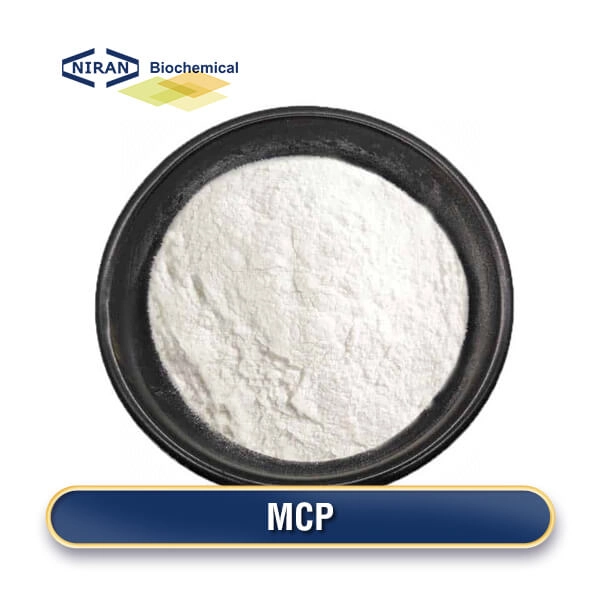
Monocalcium Phosphate (MCP)
Used as a leavening agent in baking powders and in self-rising flours. It helps control the release of carbon dioxide during baking, ensuring consistent texture and volume in baked goods.
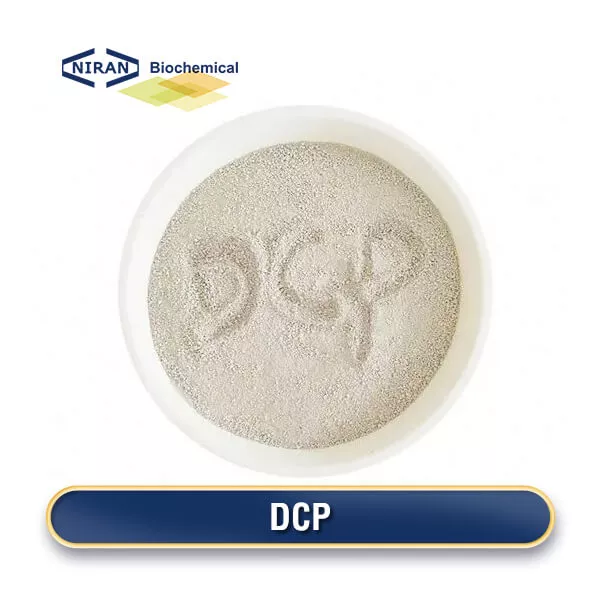
Dicalcium Phosphate (DCP)
Mainly serves as a source of essential minerals (calcium and phosphorus) in food and beverages, maintaining body mineral balance. It's also used as a leavening agent in baking and as a stabilizer in processed cheese.
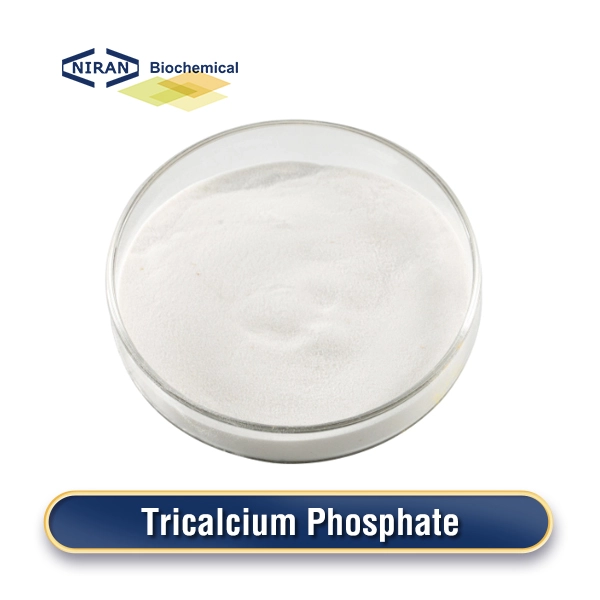
Tricalcium Phosphate
Used as an anticaking agent in powdered spices and a nutrient supplement in baby foods and cereals due to its calcium content. It's essential for bone health and various metabolic functions.
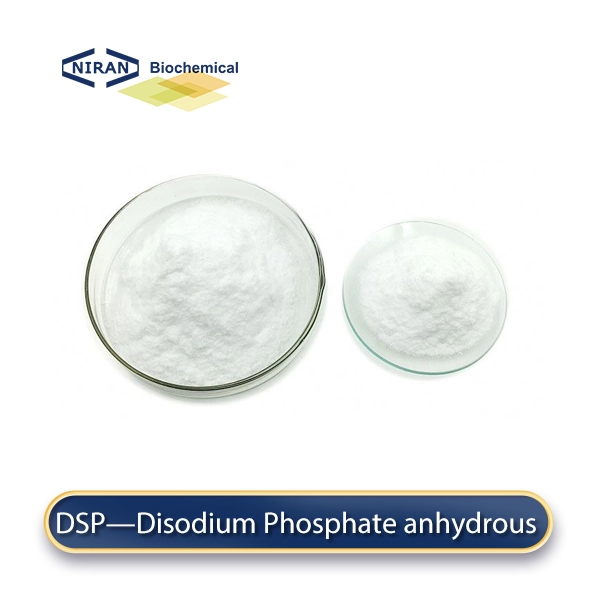
Disodium Phosphate Anhydrous (DSP)
Functions as an emulsifier, texturizer, and buffer in processed foods. It helps to maintain pH balance, improve texture, and prevent ingredients from clumping together. It also helps improve texture in processed meats.
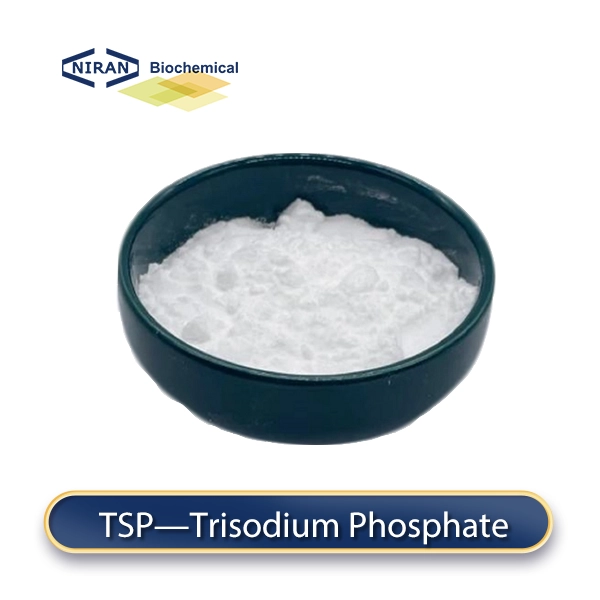
Trisodium Phosphate (TSP)
Used as a water softener and emulsifier in processed foods. It also serves as a buffering agent to control acidity and enhance the texture of cheeses and processed meats. It's also employed in beverages to adjust acidity.
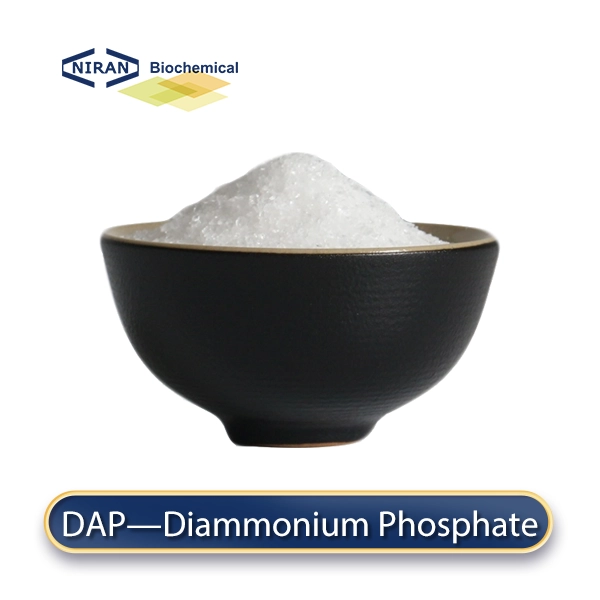
Diammonium Phosphate (DAP)
Primarily used as a nutrient source in yeast foods and baking powders. It provides a source of nitrogen and phosphorus, aiding in yeast fermentation and improving dough texture in baking applications.
Pyrophosphates
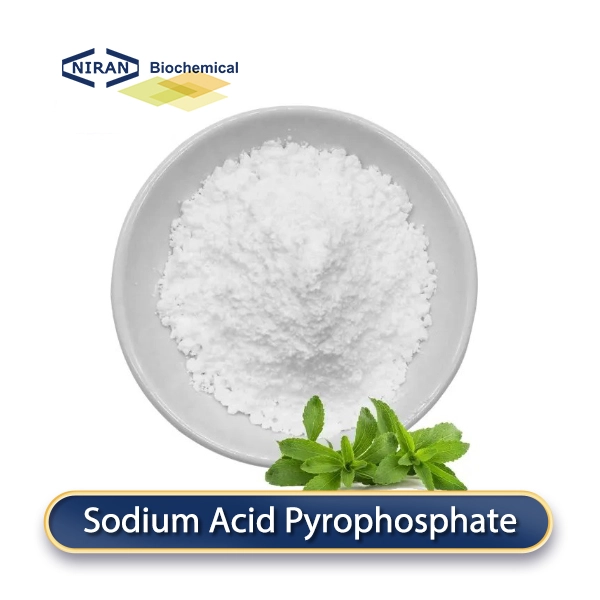
Sodium Acid Pyrophosphate (SAAP)
A versatile food additive known for its multifunctional properties. SAAP is primarily used as a leavening agent in the baking products, and it can also acts as a buffer and emulsifier in processed meats, improving their texture and moisture retention.
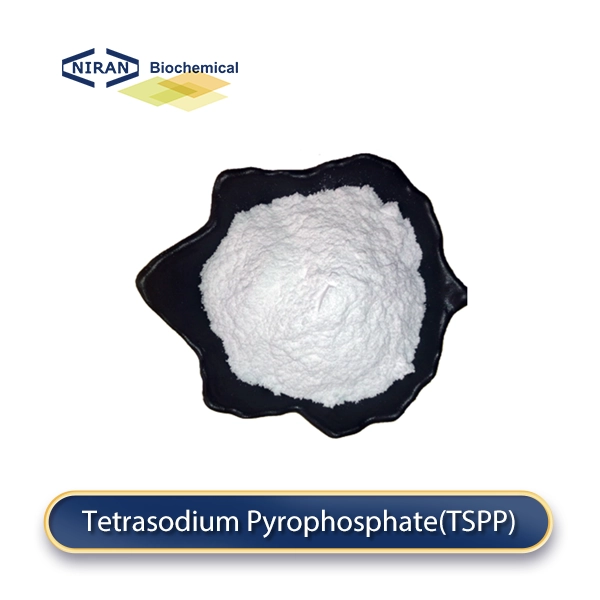
Tetrasodium Pyrophosphate (TSPP)
Serves multiple purposes in food processing due to its chelating, buffering, and emulsifying properties. Commonly used as a dispersing agent to improve the texture and moisture retention in meats and seafood. It also acts as a buffering agent, regulating pH levels.
Polyphosphates
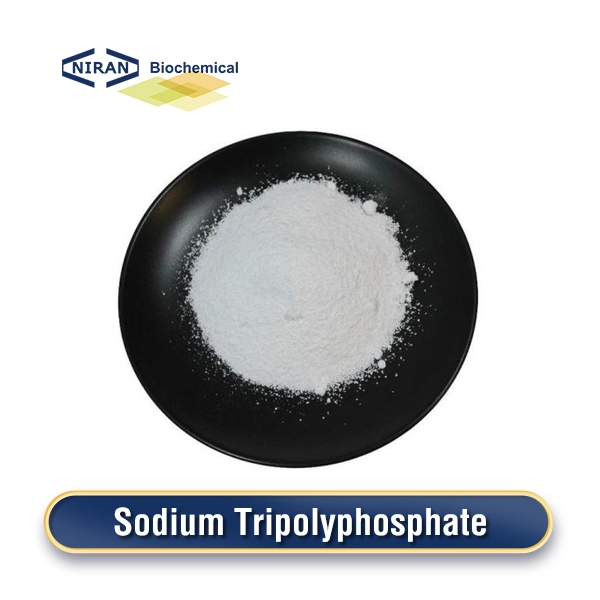
Sodium Tripolyphosphate (STPP)
Primarily used as a preservative, it helps extend the shelf life of processed meats, seafood by inhibiting bacterial growth. As a emulsifier, STPP enhances the texture and appearance of processed foods like canned soups, sauces, and processed cheeses.
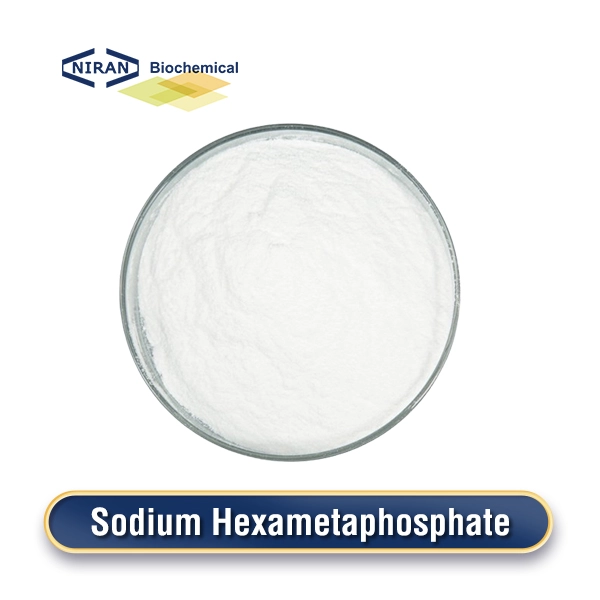
Sodium Hexametaphosphate (SHMP)
Recognized for its ability to act as a sequestrant and stabilizer. It improve water retention in processed meats and seafood. SHMP also serves as a dispersing agent in food products such as canned vegetables and beverages, helping to maintain uniformity and stability.
APPLICATIONS OF PHOSPHATES

Meat and Poultry Processing
Phosphates such as sodium tripolyphosphate (STPP) and sodium hexametaphosphate (SHMP) are added to meat and poultry products to enhance water-holding capacity.

Dairy Products
In dairy products like cheese, phosphates (e.g., disodium phosphate) act as emulsifying agents that help in blending fats and water, preventing separation.

Bakery Products
Phosphates such as monocalcium phosphate (MCP) and sodium acid pyrophosphate (SAPP) are used as leavening agents in baked goods

Beverages
Phosphoric acid is commonly used to control acidity, Phosphates like calcium phosphate are added to fortify beverages with essential minerals.

Seafood Processing
Phosphates help retain moisture in seafood, improving texture and yield. Phosphates act as antioxidants, preventing lipid oxidation and spoilage.

Snack Foods
In snack foods like potato chips, phosphates are used to enhance color and flavor. SAPP prevents discoloration in potatoes during processing.
FAQs
What is phosphate?
Phosphates are chemical substances featuring the phosphate ion, which is connected to either metal ions or organic entities. They occur naturally in many forms and are an essential part of biological systems, as well as being widely used in industry.
Why are phosphates important in agriculture?
In agriculture, phosphates are crucial because they provide phosphorus, one of the three primary nutrients needed by plants for growth and development. Phosphorus plays a vital role in supporting root growth, enhancing flower and fruit formation, and maintaining the general well-being of plants.
Are phosphates safe in food?
Yes, phosphates used in food must meet safety standards set by food safety authorities like the FDA in the U.S. or EFSA in Europe. However, excessive intake of phosphates from processed foods can lead to health issues in susceptible individuals, prompting advice to maintain a balanced diet.
How do phosphates affect the environment?
While phosphates are essential for plant growth, excessive use of phosphate fertilizers can lead to runoff into water bodies, causing eutrophication. This process can deplete oxygen in water, harming aquatic life. Sustainable management practices are vital to mitigate these effects.
Can phosphates be harmful to humans?
When ingested in the quantities typically present in an average diet, phosphates are considered to be safe.When ingested in the quantities typically present in an average diet, phosphates are considered to be safe. However, excessive consumption, particularly of processed foods and soft drinks, has been linked to adverse health effects, including an increased risk of cardiovascular disease in individuals with kidney disease or similar conditions.
How are phosphates used in water treatment?
In water treatment, phosphates are used to sequester metal ions, preventing them from forming scale and stains. They also act as corrosion inhibitors, protecting pipes and system components.
What is the difference between organic and inorganic phosphates?
Organic phosphates contain phosphate ions bonded to carbon-containing molecules, such as in DNA, RNA, and ATP. Inorganic phosphates do not contain carbon and are often found in minerals and used in fertilizers, detergents, and industrial applications.
How do phosphates function in detergents?
Phosphates in detergents act as water softeners, removing calcium and magnesium ions that inhibit cleaning effectiveness. They also help detergents to emulsify oils, suspend dirt, and prevent soil redeposition.
